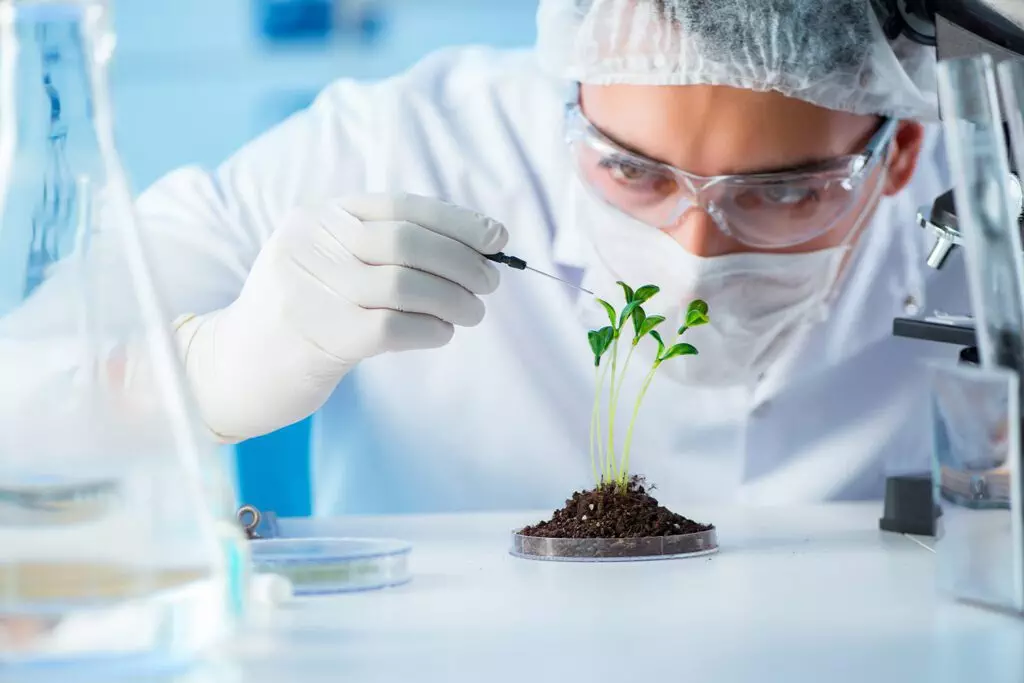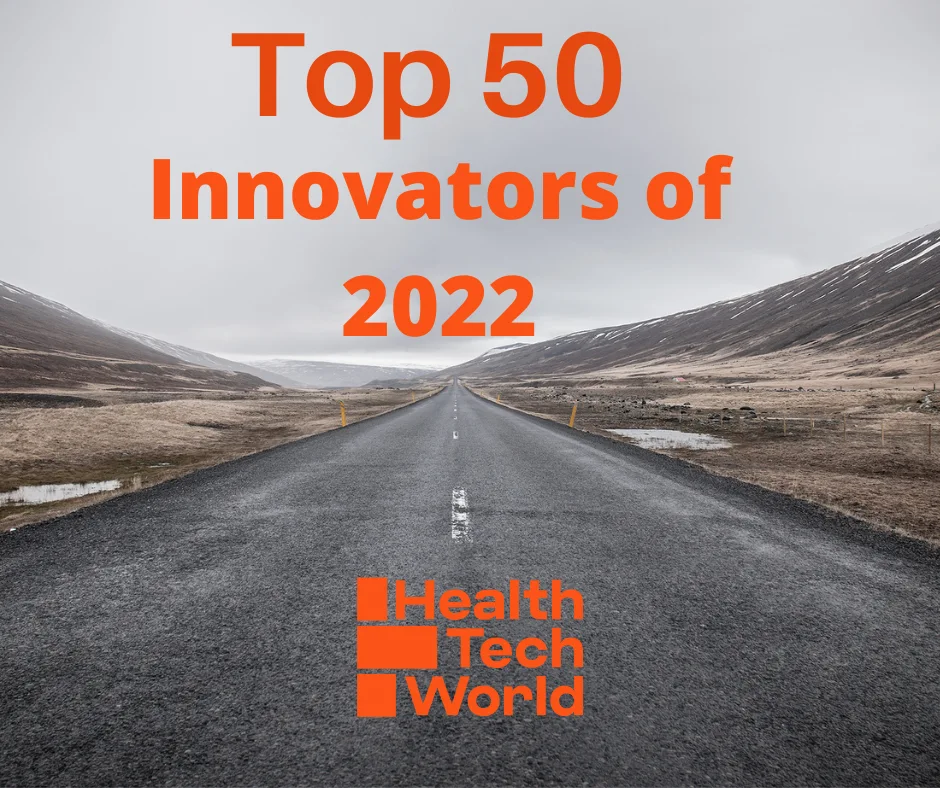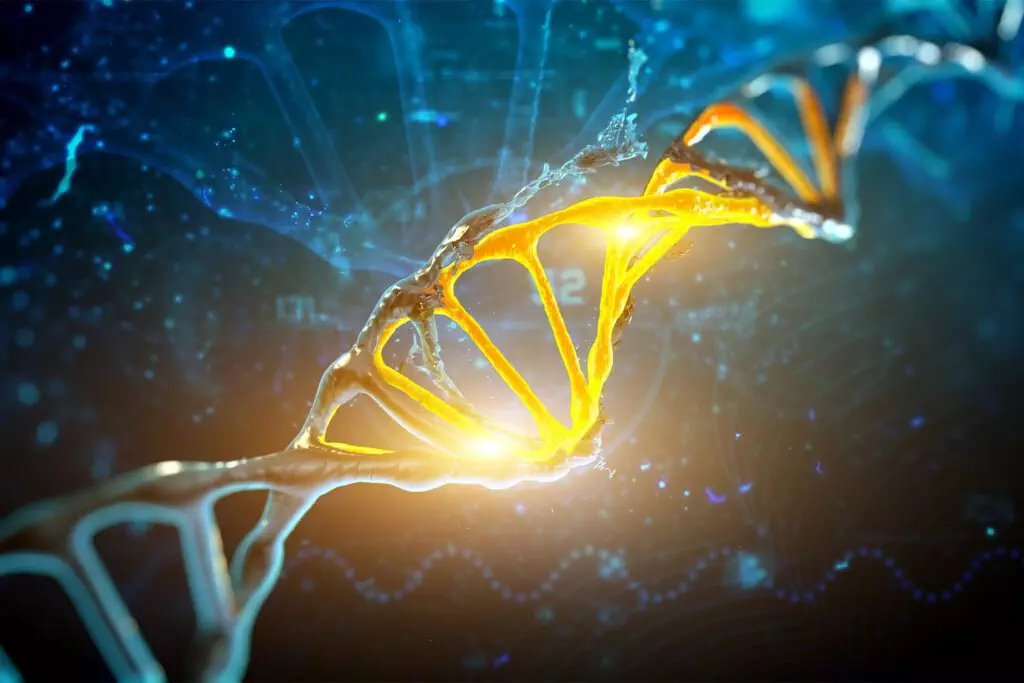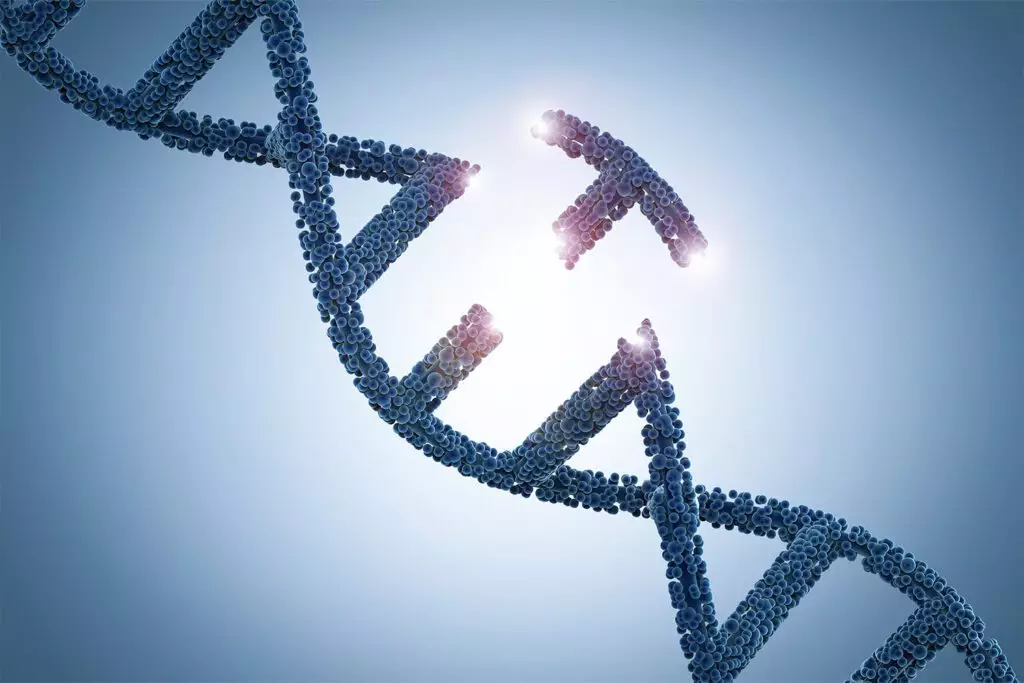Biotechnology– an impressive word with equally as impressive meaning. But even the definition of biotech at its core can be a little confusing and has several components, so let’s break it down a bit.
In simple terms, biotechnology is the study of biology, or living things, to create a product or technology that may help improve the quality of life.
More densely, biotechnology includes molecular analysis and genetic engineering. These can lead to agricultural developments, medicinal discoveries, and chemical or textile production.
Biotechnology has influenced a large portion of the world around us as it is. The possibilities are only getting broader with advancing technology, specifically in agriculture, chemical research, and genetics.
Genflow Biosciences is currently using biotechnology to explore the possibilities of gene infusion therapy to reverse the aging process in animals and maybe eventually humans. Biotechnology is the gateway to making discoveries for such profound treatments.
Imagine a world in which you can detect chronic illnesses before they have noticeable pathological effects, making treatment proactive instead of reactive and providing healing before it even happens.
That world may be closer than you think, as biotechnology has already given us many advancements in the time we studied genes and their effect on all living organisms.
Agricultural Biotechnology
Many of us have been made aware of or warned about the presence and dangers of genetically modified organisms (GMOs) and biotech crops in our food.
However, the term used by the FDA to describe foods that have been bred in a specific way to produce cross types that are more viable for nutrition and higher harvesting yields to feed the growing population is called “bioengineered.”
The use of biotechnology has given scientists insight as to what crops benefit from this kind of modification. At the same time, other foods such as cheese, beef, or pork come from genetically modified animals that produce more or larger muscle cells that provide larger quantities of meat for consumption.
Understanding the organism’s genome and molecular biology allows scientists to pinpoint the specific gene that needs modification to manufacture desired results. Some plants and other raw materials have even been modified to reduce the need for harmful pesticides, antibiotics, and petrochemicals to protect them from harmful insects and microorganisms.
Chemical Biotechnology
Chemical biotechnology harnesses the compounds of living things that can have exponential uses and effects outside of the body.
One example of this is lactic acid, a component in our bodies largely produced by our muscle and red blood cells as a byproduct of breaking down carbohydrates used for energy. Through extensive study, resources, and experimentation, lactic acid has been found to work as a natural preservative for many foods and drinks, allowing us to use this natural compound in place of synthesized and potentially harmful chemicals and enzymes.
Similarly, hydrolyzed corn starch goes through the process of fermentation and is used to make propane and biofuels, fuel for heat sources, and engine coolants. Furthermore, fungal extracts are used to create citric acid used for flavor enhancement and preservation of various foods.
Biotechnology has enabled us to identify various organisms’ properties and biomolecular processes, from humans to plants to fungi, to develop chemicals derived from natural sources that further enhance our ever-evolving needs and planetary preservation.
Medical Biotechnology
Within a matter of decades, biotechnology and biochemistry have given us the ability to identify individuals based on their unique DNA, produce a more personalized healthcare and medicine approach, and even detect the presence of potentially harmful gene mutations prior to diagnosis, allowing for sooner treatment and more favorable outcomes.
Before the 1980s, criminals walking free from a bloody crime scene was a common occurrence. This was because the idea of recombinant DNA was not identified prior to the 1970s, and making the connection to forensic contributions also took some time. It was not long before we realized that everybody has a unique DNA code and no two people are the same.
Therefore, previously wrongfully convicted individuals were able to be released based on old DNA samples recovered from a crime scene.
Forty short years later, recombinant DNA technology is being used for pharmaceuticals like penicillin, vaccines, and drug administration that are personalized and the application of stem cell research.
The idea of stem cell therapy is based on the understanding that stem cells are capable of forming either more stem cells or different kinds of functioning cells in our bodies.
In other words, epithelial or skin cells only divide to make more epithelial cells, while stem cells can either divide into more stem cells or a variety of other select cells. This may mean that the infusion of stem cells can provide the body with any cells that are lacking or useful in preserving the body.
Additionally, biotechnology and biological data have recently been introduced to the public to discover our heritage, and it has become commonplace to use mail-away kits to learn about our backgrounds and ethnicity.
This same technology can also be used to screen if you carry genes associated with an increased risk of developing breast cancer and other genetically linked diseases.
Application
Stem cell and gene therapy appear to be the future of aging. Understanding the human genome, we now possess due to advancements in biotechnology has allowed us to develop strategies to live longer, healthier lives.
According to founder and CEO of Genflow Biosciences Dr. Eric Leire, the aging process is due to “overworked epigenetic regulator genes,” which cannot keep up with the damage that cellular DNA incurs over time.
Imagine a city on a garbage strike. Piles and piles of trash accumulate on the streets because there are not enough workers to collect and dispose of them properly. The garbage can be compared to the damaged DNA, and the genes, particularly the SIRT6 gene, can be equivalent to waste management professionals.
The accumulation of the garbage can cause visible and physiological signs of aging, and the idea behind anti-aging gene therapy is to introduce new additional SIRT6 genes to “clean up” and slow the aging process.
By applying what biotechnology has allowed us to understand the aging process, we have more insight into how long humans can potentially live.
Genflow believes up to 30 years may be added successfully while exploring the effect of gene therapy on chronic disease and aging, viewing it as a pathology to be treated rather than a normal and unconquerable part of life.
Conclusion
Many more facets of biotechnology exist, and the applications outlined in this article are merely scratching the surface of the advancements this science has allowed us to make as a society.
These new opportunities open up a world where foods are long-lasting, aging is slowed to the point of increased life expectancy and decreased disease development.
While the human application is currently limited due to safety precautions, animal studies are being conducted today to develop safe methods of gene therapy that do not hinder our chromosomal DNA replication, eliminating the potential for harmful mutations.
The future of biotechnology is a bright one and can open even more doors than we have already seen in the past 50 years. More discoveries have been made over the past half-century than ever before, so who knows what advancements the next 50 will hold.
Sources:
Agricultural Biotechnology | FDA











